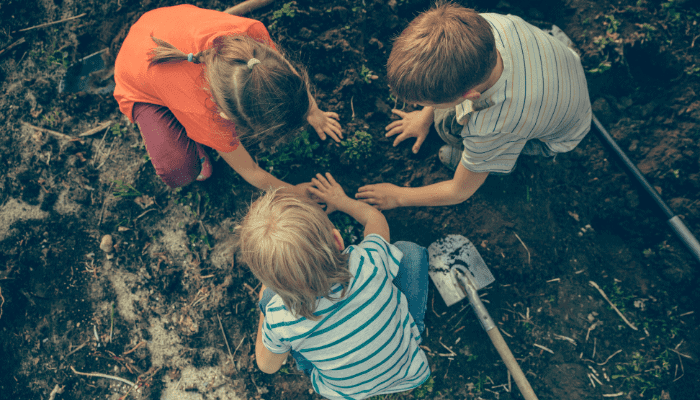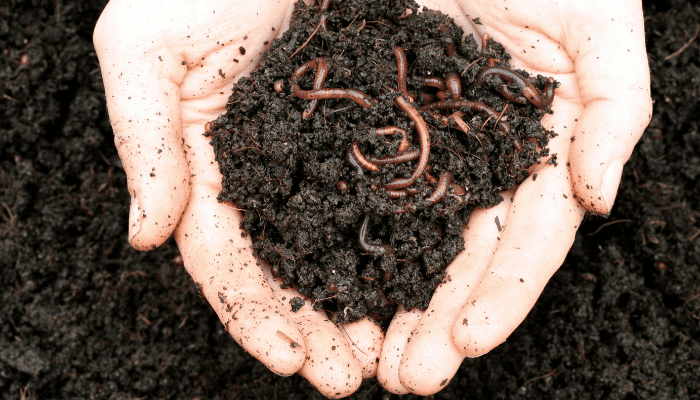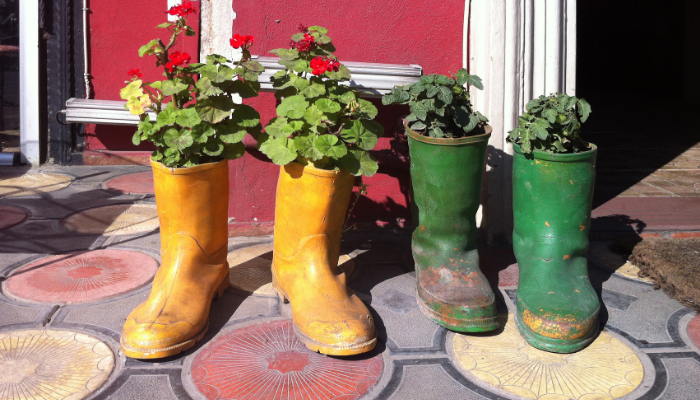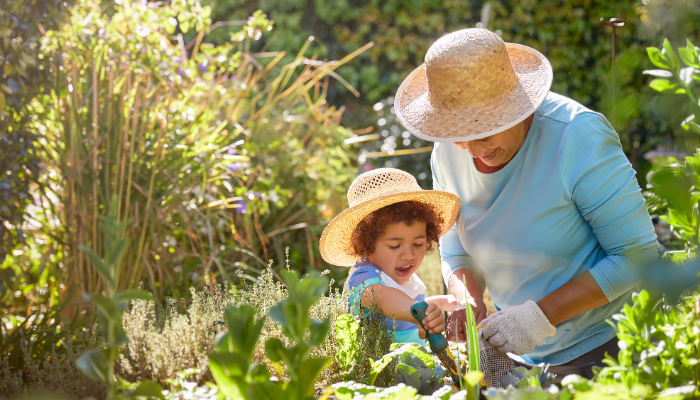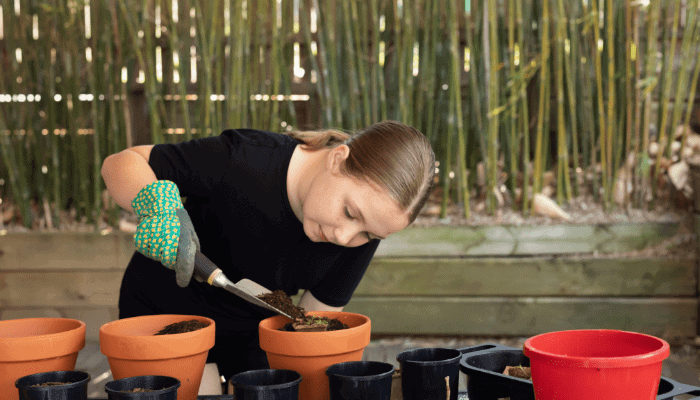A few things to consider before getting started
- Try and let the child have as much input as possible.
- Keep it simple, start small and work your way up to bigger projects.
- Give children their own space to experiment, even if it's just one pot.
- Visit community gardens for ideas.
- Prepare the soil with your kids to give them the best chance of success.
Gardening with kids, what do they like?
It's important to consider what kids like when planning your garden. If you choose projects that spark their interest kids are more likely to stick with it. These are some ideas that might appeal to your child:
- Grow plants that have an interactive element, think about plants that have an interesting texture, smell or look.
- Choose plants that are easy to grow and that grow quickly.
- Keep plant beds accessible and easy to reach.
- Grow edible plants, sunflower seeds, carrots and turnips are fast growing and fun. They can then be picked and eaten offering a lesson in nutrition.
- Pick plants the attract butterflies and beetles.
- Grow something with a novelty value, snapdragons and dandelions are fun to pick and play with.
- Using a trellis or tee pee to grow beans is a good way to watch a plant grow and make it easy to harvest.
- Make a scarecrow.
- Put in a water feature. A pond with fish or a bird bath can be a great way to attract birds and animals to the garden.
- Set up a worm farm or compost heap.
- Weeding is fun for younger kids.
- Deheading flowers and picking plants is great fun for little hands.
Space Savers
Not everyone has a big yard. Here are some ideas for keen gardeners who are short on space.
- A windowsill garden can be a great way to start gardening. Kids can grow herbs and edible flowers than can be used in cooking.
- Wine barrels and pots offer an alternative to traditional garden beds for families with courtyards.
- The ABC's Gardening Australia program suggests making pots for plants out of household items. Try your child's old boots or rolled up newspapers.
- Native grasses and wheat grass grow quickly inside. Try filling a stocking with grass seeds or pop them in a pot.
- Why not visit a community garden and become involved. Community gardens like Perth City Farm welcome children into their projects. Find out how to get involved.
Age Appropriate Gardening
Gardening projects need to be tailored to children of different ages.
Kids Gardening has some great suggestions about what kids are interested in at different ages. Here are some ideas:
The little ones - birth to 3
Babies may not be able to garden on their own but spending time outside can be vital to their development. As their brains mature the stimulation of outdoor environments helps develop their senses. Let them smell, touch, hear and even taste the world around them. Being close to parents in the garden also offers time for bonding.
In the beginning - ages 4 to 5
Gardening is great fun. Toddlers love to move mulch, catch insects and pull out a few weeds. This age is about exploration and experimentation, with adults on hand to help. Kindergarten garden: Age 5. This is the time to start creating forts, tree houses, secret hide outs and developing a special space in the yard just for kids. Let the children take the lead and assist only when needed. Let them get messy and create their own projects.
In the middle- ages 6 to 7
Now that kids have some reading and math skills this can add to the fun. Now is the time to get them reading seed packets, selecting the right plants for a certain environment and paying for them at the local nursery. Soil, holes and water are all exciting.
Bigger kids - ages 8 to 9
Now that children are becoming more independent they can start having more input into the type of garden they would like. They can plan out the garden on paper, select and purchase plants. Learn to think about species, flowers, plant height and fences. They are also ready to start using gardening tools. This is the time to appreciate not just the process of gardening but the end reward. It's a time to plant flowers and vegetables that offer an end result.
Independent gardeners - ages 10 to 12
Now it's time to get involved on a bigger scale. Kids of this age can take part in community gardening projects and tree planting groups. They can also let their imaginations run wild on a range of projects. Whether that be selling seeds, making their own worm farm from scratch or building a scare crow that looks like their favourite book character.
Safety First
Safety is important and there are some things to consider in the garden.
- Choose tools appropriate for the child's age and ability.
- Keep sprays and fertilisers out of reach.
- Do not use chemicals on plants that might be picked and eaten by young children.
- Secure fences and gates.
- Provide shade and sun protection including hats and sunscreen.
- Encourage children to wear suitable clothing and sturdy footwear.
- Be careful with water around very young children and toddlers.
Waterwise Gardens
Would you like to put waterwise plants in your garden, but not sure where to start?
The Water Corporation’s Waterwise Plant Selector will help you find waterwise plants that are suited to the area where you live. Waterwise plants use less water, which saves your family money, and they are more likely to thrive in our climate.

